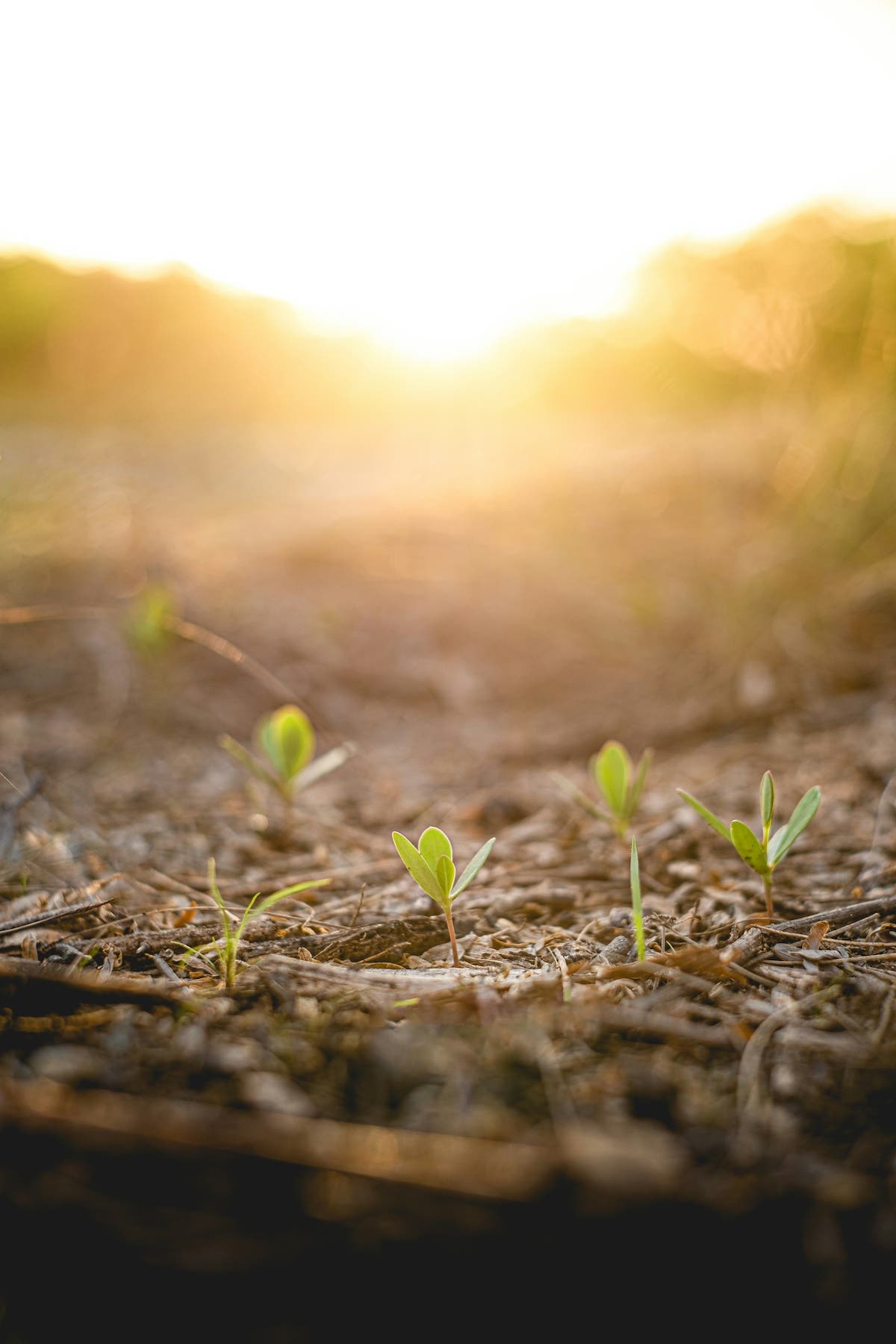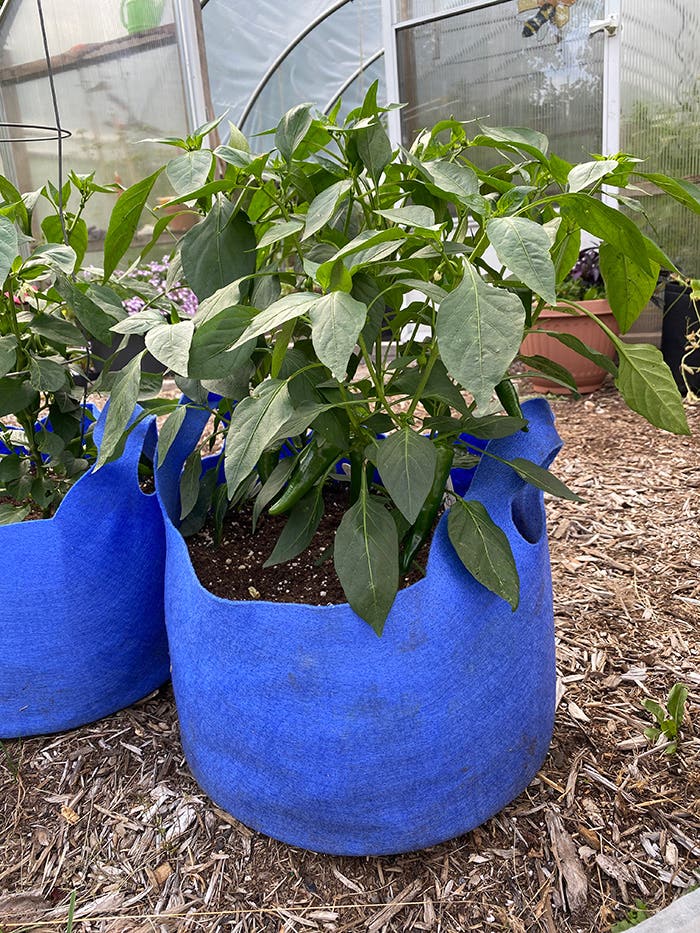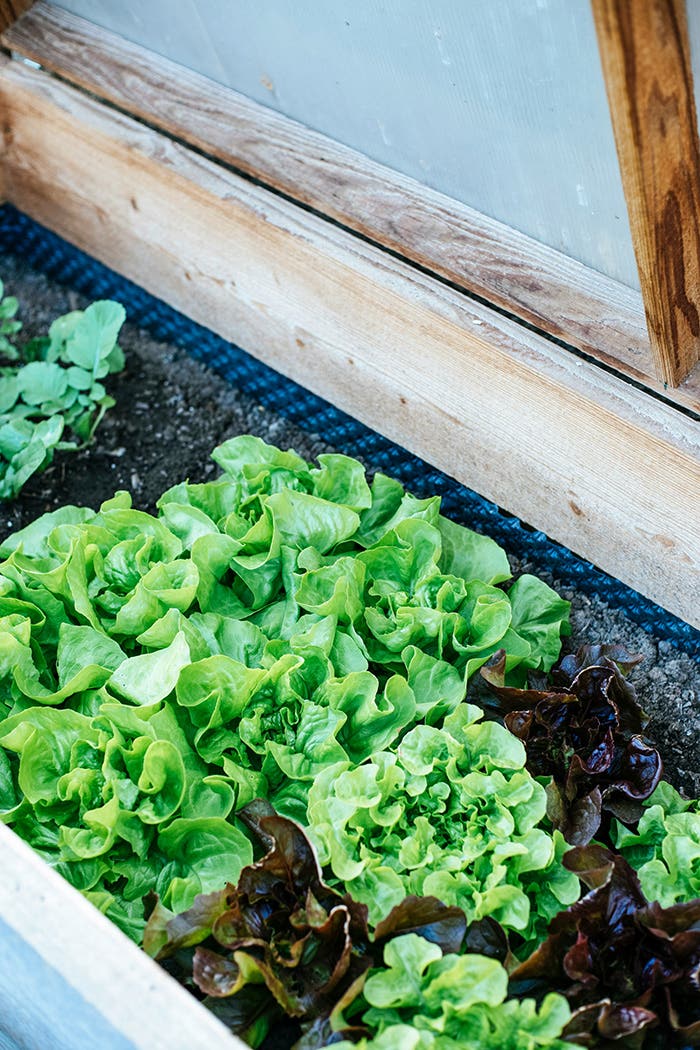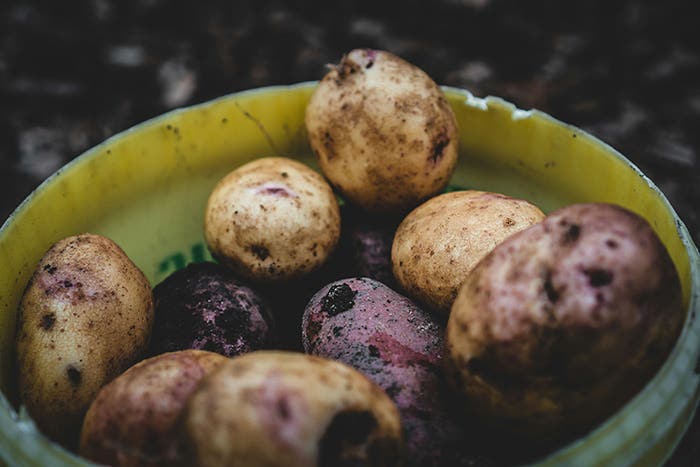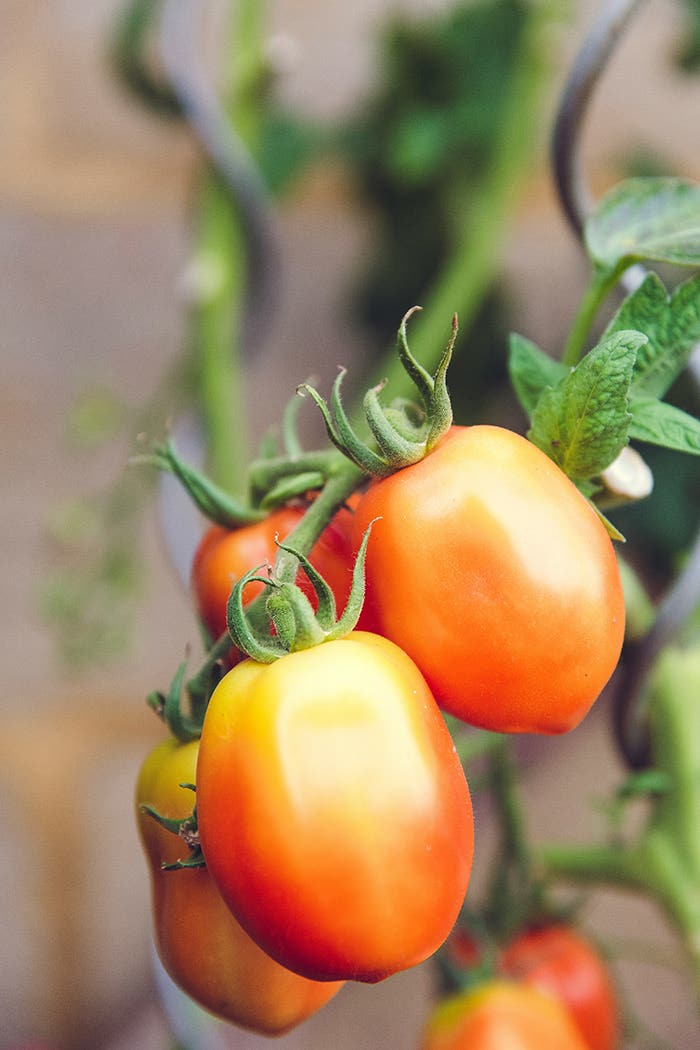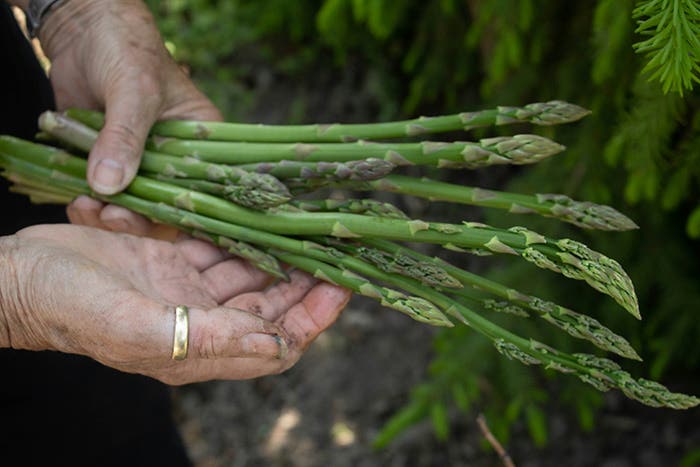Early Spring in the Vegetable Garden: Crops and Tasks
What to plant and do soon!
When spring arrives, like most gardeners I’m anxious to start digging in the soil. While I love my long-season tomato and pepper plants, I also appreciate the many vegetables that thrive in the cooler temperatures of spring and become ready to harvest in mere weeks. Here are my top crops to sow a month before the last frost, plus some advice for prioritizing spring tasks.
Lettuce
No spring vegetable garden is complete without a patch of lettuce. It’s quick and easy to grow, and it can be planted in garden beds or containers. Direct sow seeds about four weeks before the last expected spring frost or even earlier in a cold frame or greenhouse. Can’t-miss varieties include Salanova Home Garden Mix, ‘Sandy’, ‘Black Seeded Simpson’ and ‘Red Salad Bowl’.
Turnips
Salad turnips like ‘Hakurei’ have been a spring standard in my garden for over a decade. They go from seed to harvest in just 40 days and provide crisp, sweet roots and edible tops. Direct sow the seeds three to four weeks before the average last frost date. My favorites include ‘Hakurei’ and ‘Hinona Kabu’.
Spinach
Packed with nutrients and quick to mature, spinach can be direct seeded as soon as the soil is work- able. For spring planting, look for a slow-bolting variety like ‘Seaside’ to extend the harvest into the warm days of early summer. Other good choices are ‘Space’ and ‘Lakeside’.
Carrots
Early carrots are a spring treat, with many varieties, such as ‘Adelaide’, ready to pull only 50 days from seeding. Direct sow the seed two to three weeks before the expected last spring frost. To encourage good carrot-seed germination, keep soil consistency moist until the plants are growing well. Aside from ‘Adelaide’, try ‘Bolero’ and ‘Yaya’, too.
Checklist for Early Spring
1. Sow. March and April are the busiest months for indoor seed starting. To pro- duce healthy, compact seedlings, provide at least 16 hours of light each day. I use four-foot fluorescent grow lights hung on chains. This allows me to adjust the height of the lights as the plants grow, so they stay just a few inches above the tops of the seedlings. The result is strong, well-branched seedlings ready to be plugged into my garden.
2. Plan. Don’t get overwhelmed by spring cleanup and garden prep. Instead, stay organized and keep on track by making a list of garden tasks, plans and projects. Prioritize those that can’t wait, like seed starting, and tackle the less pressing ones when you have time.
3. Buy smart. Whether you need garden soil to fill a new raised bed, mulch to reduce weeds or a load of compost or manure to amend soil, order it early and buy it in bulk, if possible. Buying a bulk load, rather than bagged goods, reduces plastic waste and generally means your soil, mulch or compost comes from local sources.
4. Build. Speed up the planting season by pre-warming the soil or erecting a mini hoop tunnel over the top your vegetable beds. Once the soil has thawed, you can sow seeds for cool-weather crops like spinach, kale, radishes, beets and lettuce.—NJ


